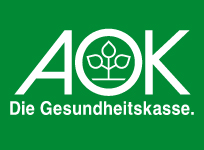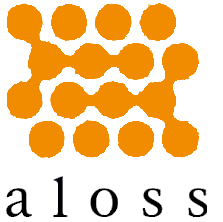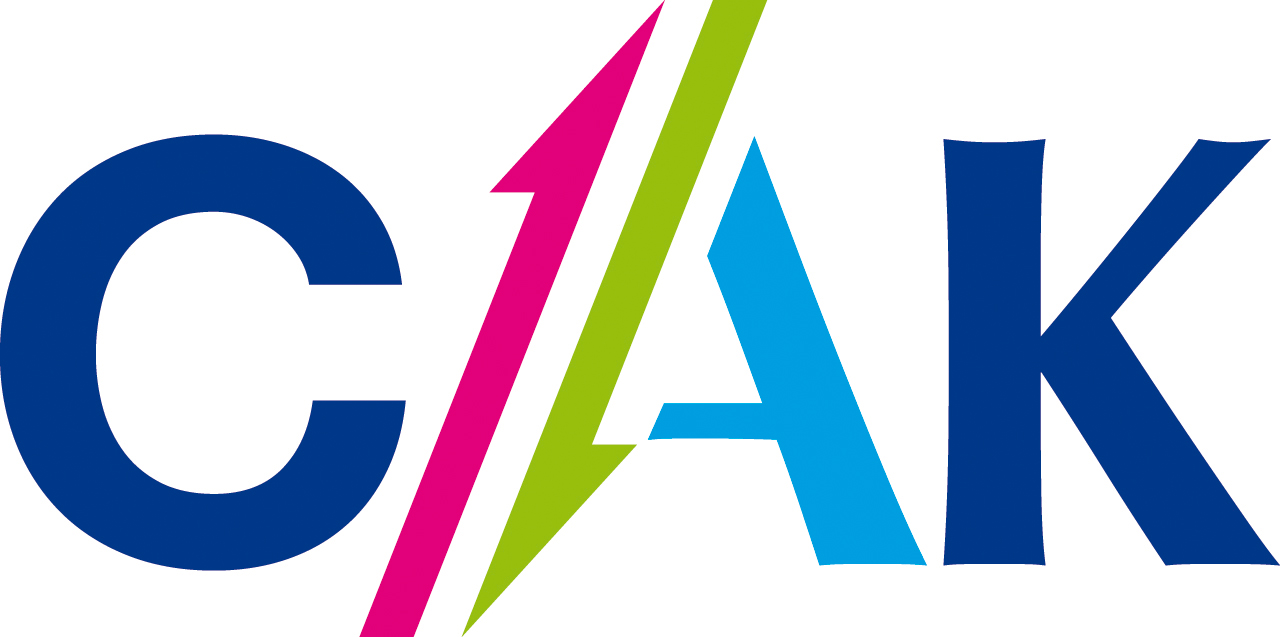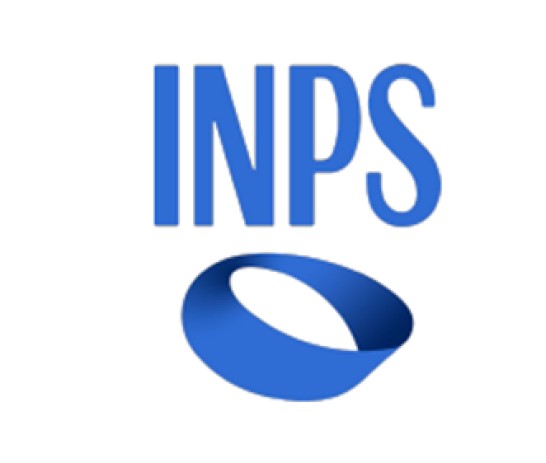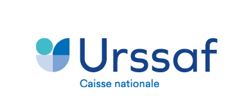News
New Pharmaceutical Strategy for Europe |
25-11-2020 |
BB
Shaping future pharma policies for increased accessibility and affordability of medicines
On November 25 the European Commission released the new Pharmaceutical Strategy for Europe. The Strategy is intended as a roadmap for future action in the pharmaceutical sector, detailing a number of legislative and non-legislative initiatives for the coming years. Such actions should be deployed jointly with Member States.
The Strategy includes a number of flagship initiatives targeting amongst others the revision of the pharmaceutical legislation and namely of the existing system of incentives and obligations. By improving the framework for incentives, the Commission intends to increase access and affordability of medicines, by facilitating the entry to market of generics and biosimilars.
The strategy is axed on four pillars:
(1) promoting a patient and health system-centred approach by ensuring accessibility and affordability of medicines, while addressing unmet medical needs, including in the field of antimicrobial resistance, neurodegenerative diseases associated to ageing, cancer and rare diseases. This cluster includes a number of measures aligned with ESIP recommendations from previous position papers and from ESIP reply to the public consultation on the Pharmaceutical Strategy, namely: the investigation of new and alternative incentive mechanisms, other than those provided in the Orphan Regulation, for antimicrobials; targeting research & development on public health needs by involving stakeholders – including healthcare payers – at early stages of R&D; further cooperation in the area of public procurement and pricing, via the exchange of best practices. ESIP elaborated an analysis of measures under this cluster, linking them to previous ESIP positions.The content note is available for members here.
(2) supporting the competitiveness and innovation of the EU pharmaceutical industry, by optimising the framework for intellectual property (IP) rights and supplementary protection certificates (SPCs) and by promoting new digital solutions including secure access to health data and use of artificial intelligence.
(3) enhancing the crisis preparedness and response mechanism, by addressing shortages and increasing security of supply. Many of the initiatives outlined in the Strategy in this field (i.e. stronger obligations on supply & early notification of shortages and withdrawals, enhanced transparency of stocks, stronger monitoring at EU level, strategic stockpiling) meet ESIP’s recommendations in the paper on medicines shortages and mirror ESIP reply to the public consultation on the Pharmaceutical Strategy.
(4) Ensuring a strong EU voice globally , by promoting a high level of quality, efficacy and safety standards.
The Pharmaceutical Strategy is accompanied by other initiatives namely:
- An intellectual property action plan to support the EU’s recovery and resilience;
- An evaluation on supplementary protection certificates including on Regulation 469/2009 on SPCs for medicinal products;
- An inception impact assessment on the Revision of the EU legislation on medicines for children and rare diseases.
Further information is available on the dedicated Commission webpage here.
Photo: © European Union, 2020 Source: EC - Audiovisual Service


